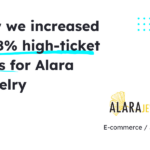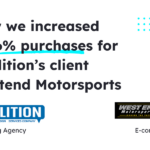
Introduction
As mobile usage continues to increase, it’s becoming increasingly important that we optimize and increase mobile conversion rates. According to recent studies, mobile devices account for more than half of all website traffic worldwide. With the convenience of these in-hand devices that are always in our back pockets, consumers are more likely to make purchases on mobile devices than they were just a few years ago.
But simply having a mobile-friendly website isn’t enough to drive conversions. In fact, many businesses are failing to capitalize on the potential of mobile marketing.
Mobile devices have unique features and limitations, such as smaller screens, touch input, and slower processing speeds, that require a different approach to design compared to desktop devices.
Understand your customer journey analytics
See how your users behave, find drop-offs, and receive actionable insights with AI.

The average conversion rate for mobile devices varies by industry, but generally, it is lower than that of desktop devices. According to a study by Rantracker, the average conversion rate for smartphones in the US is around 1.53%, while the conversion rate for tablets is slightly higher at around 3.36%.
It is important to note that conversion rates can vary widely depending on factors such as the industry, the type of product or service being offered, the website’s design and functionality, and the target audience.
In this article, we’ll explore a variety of strategies that you can use to increase your mobile conversion rate. From optimizing your mobile page speed to simplifying your checkout process, we’ll cover everything you need to know to make the most of your mobile traffic.
1. Adopt a Mobile-First Design Approach
This means designing for mobile devices first and then scaling up to larger screens. This approach ensures that the most critical elements of your website are optimized for mobile devices, which can lead to a better user experience and higher mobile conversions.
2. Use Responsive Design
Responsive design allows your website to adapt to different screen sizes and resolutions, ensuring that your website looks great on any device. It’s essential to test your website on different mobile devices to ensure that it’s responsive and optimized for a variety of screens.
3. Simplify Navigation
Mobile devices have limited screen real estate, so it’s essential to simplify navigation and make it easy for visitors to find what they’re looking for. Use clear, concise labels and organize your content into logical categories to make it easy for visitors to navigate your website.
4. Optimize Images and Video
Large images and videos can slow down page load times, which can lead to a poor user experience. It’s essential to optimize images and videos for mobile devices by compressing them and using appropriate file formats.

5. Use Mobile-Friendly Fonts
Fonts that look great on desktop devices may not be suitable for mobile devices. Use legible, mobile-friendly fonts that are easy to read on smaller screens.
6. Minimize the Use of Pop-Ups
Pop-ups can be annoying on mobile devices, and they can also slow down page load times. If you must use pop-ups, make sure they’re easy to dismiss and don’t interfere with the user experience.
7. Ensure that Forms are Mobile-Friendly
Mobile users may have difficulty filling out forms on smaller screens, so it’s essential to make sure that your forms are mobile-friendly. Use multi-step forms instead of long forms, and include clear instructions to make it easy for visitors to complete them.
8. Implement Mobile-Specific CTAs
Calls to Action (CTAs) that are optimized for mobile can improve conversion rates. According to research by Wordstream, mobile CTAs with contrasting colors and clear copy can increase click-through rates by up to 28%. Make sure your CTAs are easy to find and click on, and use clear and concise language.
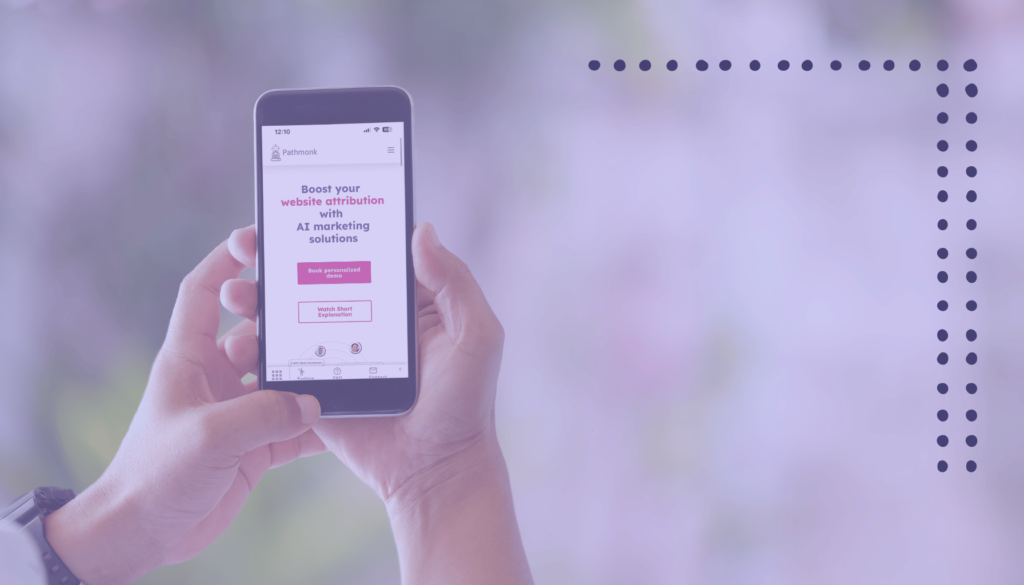
9. Offer Guest Checkout
Complicated checkout processes can be a major barrier to conversions. Offer guest checkout to reduce the friction in the checkout process, and make it easy for customers to complete their purchase.
10. Use Social Proof
Leveraging testimonials, case studies, and reviews from existing customers can significantly boost trust in your brand. Highlighting social proof reassures potential customers of the value and credibility of your product or service.
11. Display Security Badges
Security concerns can be a major barrier to conversion, especially on mobile devices. Displaying security badges, such as SSL certificates or payment provider logos, can increase trust and reassure customers that their personal information is safe.
12. Use Push Notifications
Push notifications can be a powerful tool for engaging mobile users and driving conversions. According to research by Invesp, push notifications can increase app engagement by up to 88%. Use push notifications to promote deals, new products, and other incentives that can encourage users to make a purchase.
13. Optimize for Voice Search
As more users rely on voice assistants like Siri and Alexa to search the web, it’s essential to optimize your mobile site for voice search. Use natural language keywords and long-tail phrases in your content, and make sure your site is structured in a way that’s easy for voice assistants to understand.
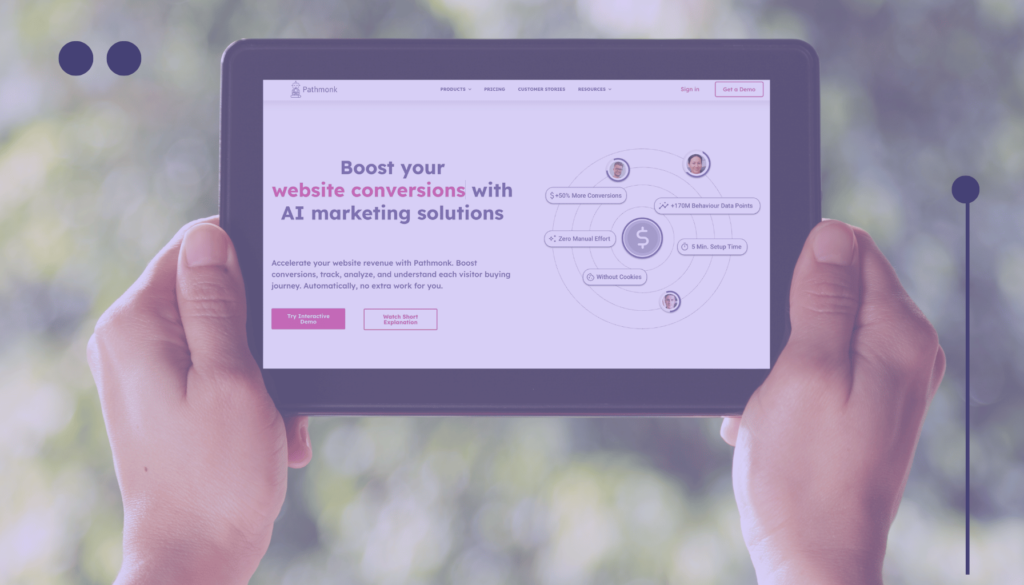
14. Use Clear and Compelling Headlines
Clear and compelling headlines can significantly improve mobile conversion rates. A study by Neil Patel showed that headlines with emotional and powerful words have a 36.4% higher click-through rate than those without.
15. Personalize Your Content to Your Users
Personalization involves tailoring the content and design of your mobile website to the individual user based on their behavior, preferences, and other data.
Personalization can be as simple as displaying products or content that the user has previously viewed or purchased, or as complex as using machine learning algorithms to predict the user’s interests and behavior. Personalization can increase mobile conversions by making the user feel more connected to your brand and more likely to take action.
Free template: CRO audit checklist
Discover everything you need to start identifying drop-offs and increase conversions.
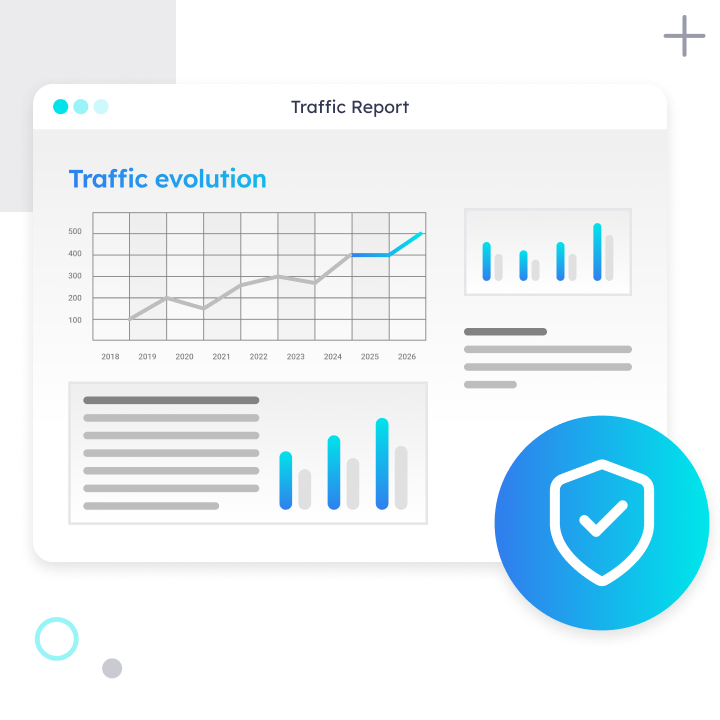
Bonus: Track and Retarget Mobile Users the Smart Way
Nowadays, it’s common for users to browse products or services on their mobile devices and switch to other devices to complete the purchase. This creates a challenge for marketers: how do you identify users across different devices and retarget them effectively to increase mobile conversion rates? For example, a user may browse products on their smartphone during their commute, switch to their laptop at work to read reviews and comparisons, and then complete the purchase on their tablet while watching TV at home.
This creates a fragmented customer journey that makes it difficult to identify users across devices. Traditional tracking methods that rely on cookies or device IDs are often ineffective in this scenario, as they can’t track users when they switch devices or use private browsing modes.
This is where Pathmonk Intelligence comes in. Pathmonk Intelligence is a cookieless analytics solution that uses advanced algorithms and machine learning to identify users across multiple devices and touchpoints. Unlike traditional tracking methods, Pathmonk Intelligence doesn’t rely on cookies or device IDs, which means it can track users even when they switch devices or use private browsing modes.
Understand your customer journey analytics
See how your users behave, find drop-offs, and receive actionable insights with AI.

With Pathmonk Intelligence, you can track and analyze user behavior across different devices and touchpoints, and use this data to create personalized and targeted marketing campaigns. For example, you can identify users who have abandoned their shopping carts on their smartphones and retarget them with personalized ads or offers on their laptops or tablet.
Conclusion
Mobile devices are now the primary way people access the internet, and businesses that fail to adapt their online presence to mobile users will be left behind.
Optimizing mobile conversion rates is a complex process that involves many factors, including design, speed, user experience, psychology, and analytics. By adopting a mobile-first approach, maximizing page speed, designing for mobile users, using psychological triggers, and tracking and retargeting users, you can improve their mobile conversion rates and ultimately drive more revenue.

